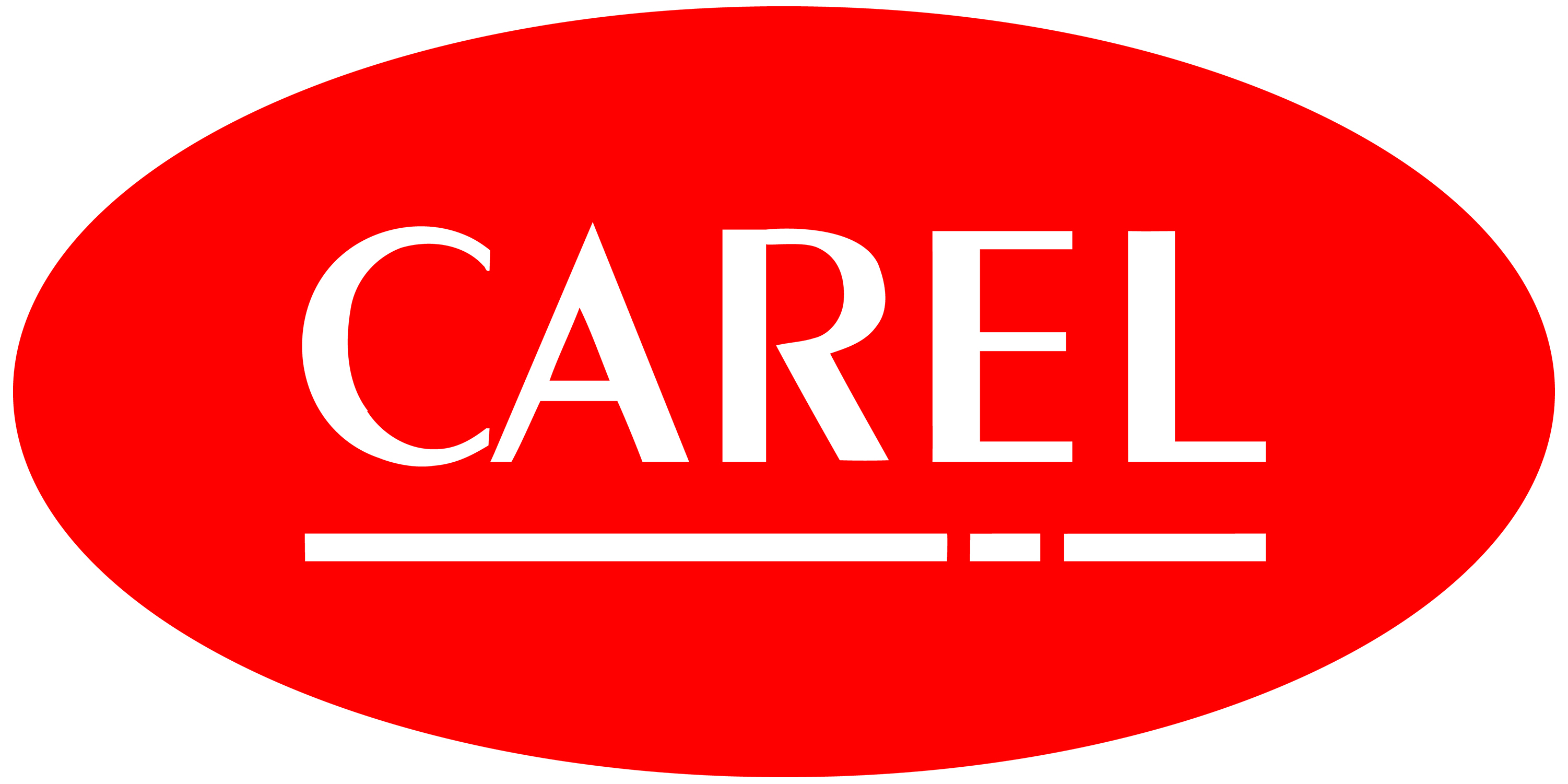Residential heat pumps - The best components for your monobloc unit
Residential heat pumps The best components for your monobloc unit
Despite the uncertainties slowing down the transition to a more sustainable economy, many countries are still clearly focused on reducing atmospheric CO2 emissions. This goal can be achieved through a series of actions, including the adoption of high-efficiency systems for home heating and air conditioning, such as heat pumps.
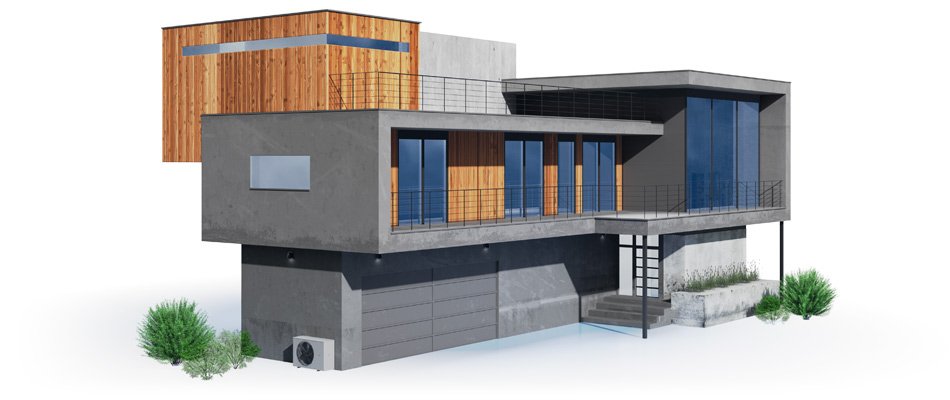
Whether in large and complex units such as industrial heat pumps, or smaller and more compact units, every single component plays a vital role in ensuring smooth and efficient operation. At a time when refrigerant regulations are becoming increasingly restrictive, making the certification of the final unit much more complex, it is a major advantage to use the right components, specifically designed for each application.
CAREL in this regard leaves nothing to chance.
What is CAREL’s proposal for air/water and water/water heat pumps?
 CAREL offers a wide range of products that includes the controller, in a high-efficiency system comprising inverter, DC compressor and electronic expansion valve, pressure and temperature sensors, human-machine interface.
CAREL offers a wide range of products that includes the controller, in a high-efficiency system comprising inverter, DC compressor and electronic expansion valve, pressure and temperature sensors, human-machine interface.
Special attention is paid to the electronic controller, which plays a key role in managing the unit and all its devices, through the advanced logic installed on-board. Precise coordination between the different components guarantees significant energy savings. The c.pCO sistema family controllers, available in different versions, are designed to perfectly fulfil this requirement.
The high-efficiency system works by adapting to the variability of the thermal load, based on the temperature conditions of the outside source, while optimising energy consumption. For this reason, the proposal includes the PSD2* series inverters (including the new three-phase inverter with built-in active filter, designed to guarantee excellent performance) that drive the variable-speed DC compressors. The system is completed by the electronic expansion valve, which precisely controls the amount of refrigerant for correct heat exchange. The E2V – K family has been specially developed to withstand refrigerant temperatures up to 100°C, while minimising the risk of leaks due to its hermetic seal.
Precise operation is guaranteed by the E2VSTAX* stator.
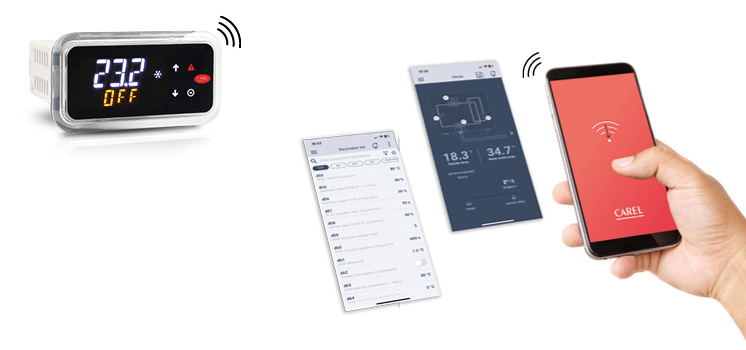 The SPKT* / SPKS* series screw-on or weld-on pressure sensors guarantee a precise reading of circuit pressure.
The SPKT* / SPKS* series screw-on or weld-on pressure sensors guarantee a precise reading of circuit pressure.
The terminals, on the other hand, are the ideal solution for commissioning, maintenance and alarm management. The pGDN* semi-graphic terminal with six buttons is perfect for typical everyday operation, while the 7-segment display with integrated Bluetooth connectivity is aimed at those looking for more advanced solutions. The latter can interface with the APPLICA mobile app for managing the unit directly from a smartphone, using the dedicated dashboards, as well as guided troubleshooting and access to many other functions.
To provide the best user experience and simplify access to the information available to users, the elegant pGDx graphic display can typically be used with the indoor units.
Is the unit safe in the event of refrigerant leaks?
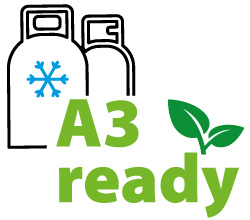
In the future, the use of natural refrigerants will be even more widespread, however this implies high flammability in the case of propane and other hydrocarbons.
All products in the CAREL heat pump solution are A3 ready, ATEX or hermetically sealed. This means that they can be used safely even if they come into contact with a flammable refrigerant, as they are not considered to be sources of ignition. Consequently, if all the components installed on the unit are A3 ready or ATEX, the leakage test required by EN 60335-2-40 can be skipped.
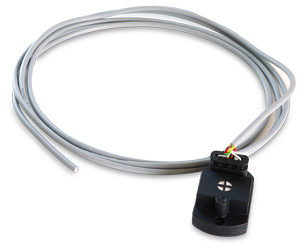 To further increase safety, a sensor can also be installed that accurately and reliably detects any refrigerant gas leaks. This is managed by the new GLD Mini, with dual alarm relays and NDIR technology for accurate monitoring of gas concentrations in the air. In the event of a leak, the GLD Mini sends a signal to the controller to activate a dedicated fan, thus diluting the leaked refrigerant in the air. If ventilation is insufficient, the unit will be shut down to ensure safety.
To further increase safety, a sensor can also be installed that accurately and reliably detects any refrigerant gas leaks. This is managed by the new GLD Mini, with dual alarm relays and NDIR technology for accurate monitoring of gas concentrations in the air. In the event of a leak, the GLD Mini sends a signal to the controller to activate a dedicated fan, thus diluting the leaked refrigerant in the air. If ventilation is insufficient, the unit will be shut down to ensure safety.
Come and discover the entire solution in stand A61, hall 8.
